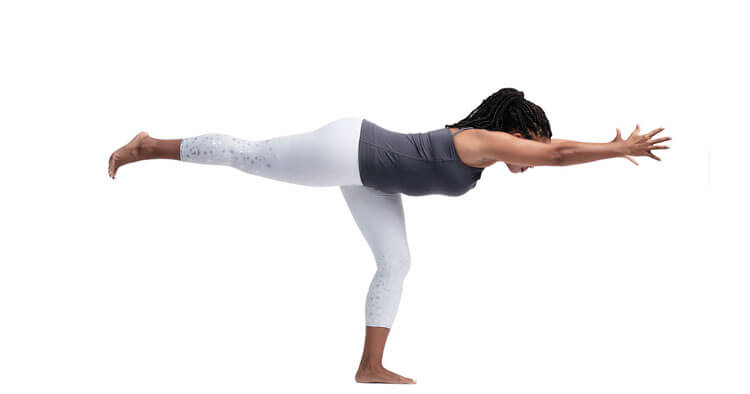Injury Rehabilitation and Training
Varying Levels Of Proprioception
Why Do I Have Terrible Balance?
Ever noticed how some people are better than others at balancing on one foot? With eyes closed, an individuals ability to remain balanced while standing on one foot varies dramatically I see this all the time in my Sydney physio practice. A large part of this is that different people have different levels of proprioception. An individuals proprioception can vary in exactly the same way that people have different levels of hand-eye coordination.
Some potential influences to varying levels of proprioception from one individual to the next include:
- Their age
- Having suffered an injury, or recovering from previous injury
- Inner ear problems are a common cause of perturbed balance
- Alcohol consumption acutely and chronically can influence someones levels of proprioception
- Diminished neurologic responses
What Can I Do To Improving My Levels Of Proprioception?
Proprioception may be compromised by any number of factors, such as those listed above. However with that being said, it is not all doom and gloom, levels of proprioception can also be improved. Not everyone who practices yoga was instantly able to stand poised perfectly still on one leg in a relaxed medetative state. For most, achieving such stillness takes considerable practice over months if not years. But the very fact that you can practice and learn to improve your ability to stand on one foot with your eyes closed, suggests postural awareness and proprioception can be improved. Likewise, practicing tasks such as catching a ball, or any task requiring hand-eye or foot-eye coordination can be improved and expert level performance of such activities require high levels of proprioception. Individuals less coordinated at such activities can easily improve their ability to catch, or kick with practice. As your body learns to adapt and expand its proprioceptive response to specific tasks the performance of the practiced task will undoubtedly improve. I see it frequently in practice people working on their postural control make noticeable improvements and often these improvements are achieved relatively quickly in just weeks of practice.
Physiotherapy And Proprioception
Within physiotherapy, certain practices are used to try and help sharpen an individuals levels of proprioception. Combining instability platforms such as the use of a fit ball, bosu, balance disc, wobble board, mini tramp… the practice of simple tasks can help heighten and train the proprioceptive system. Physiotherapists will often use cues and repetitive movement patterns to help retrain the body and its proprioceptive systems to try and improve posture, biomechanics and movement behaviors, as well as restoring joint position control position when rehabilitating a body part following injury. The most common example of which is typically following ankle or knee injury where retraining balance control is crucial for a successful return to play, physiotherapists will often emphasis the importance of restoration and even overall improvement of baseline levels of proprioception prior to being allowed to return to training, and or game situations.
Disclaimer: Sydney Physio Clinic provides this information as an educational service and is not intended to serve as medical advice. Anyone seeking specific advice or assistance on Varying Levels Of Proprioception should consult his or her physiotherapist, general practitioner or appropriately skilled practitioner.


